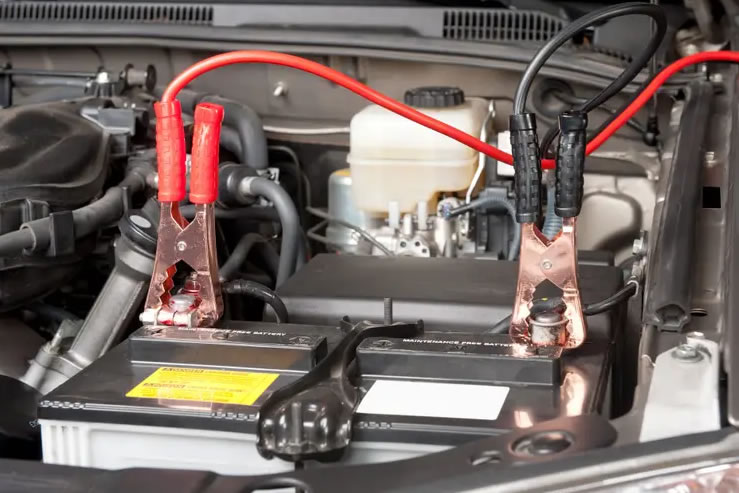
If you’re planning a self-drive safari in Uganda, you’ll need to make sure you have the right tools to ensure a smooth and enjoyable trip. In this article, we’ll go over some of the basic mechanical tools you should carry with you on your self-drive safari in Uganda.
- Spare tire and jack
A flat tire can happen to anyone, even on a well-maintained vehicle. When driving on rough roads in Uganda, the chances of getting a flat tire increase. It’s essential to carry a spare tire and jack in case of emergencies. Make sure your spare tire is in good condition and inflated to the correct pressure.
- Tire pressure gauge
Speaking of tire pressure, it’s essential to keep your tires properly inflated when driving on rough terrain. An underinflated tire can easily get damaged, while an overinflated tire can result in a bumpy and uncomfortable ride. Carry a tire pressure gauge to check your tire pressure regularly and adjust it as needed.
- Jumper cables
A dead battery can leave you stranded in the middle of nowhere. Carry a set of jumper cables to jump-start your vehicle if the battery dies. Make sure you know how to use jumper cables properly, or you may end up damaging your vehicle or hurting yourself.
- Basic tool kit
A basic tool kit is essential when driving in remote areas. Carry a set of wrenches, pliers, screwdrivers, and a hammer to make minor repairs on your vehicle. Make sure your tool kit is compact and includes all the necessary tools you may need on your trip.
- First aid kit
When driving in remote areas, it’s important to have a first aid kit in case of an emergency. Carry a basic first aid kit that includes bandages, gauze, antiseptic wipes, pain relievers, and any other medications you may need. Make sure to check the expiration dates of all items in your first aid kit before you leave.
- Fire extinguisher
A fire can quickly get out of control and result in a disaster. Carry a fire extinguisher in your vehicle in case of a fire. Make sure your fire extinguisher is easily accessible and in good working condition.
- Flashlight and extra batteries
When driving in remote areas, you may encounter poor lighting conditions. Carry a flashlight and extra batteries to help you see in the dark. Make sure your flashlight is durable and water-resistant, as you may encounter rain or other adverse weather conditions.
- Tow strap
If your vehicle gets stuck in mud or sand, a tow strap can help you get out. Carry a sturdy tow strap that can support the weight of your vehicle. Make sure you know how to use the tow strap properly, or you may end up damaging your vehicle or hurting yourself.
Other tools, you need on a self-drive safari in Uganda
- GPS or map and compass
When driving in remote areas, it’s essential to know where you’re going. Carry a GPS device or a map and compass to help you navigate. Make sure you know how to use your navigation tools properly, or you may end up getting lost.
- Water and food supplies
Finally, when driving in remote areas, it’s essential to carry enough water and food supplies to last you for your entire trip. Carry plenty of water, as well as non-perishable food items such as energy bars, nuts, and dried fruit.
In conclusion, a self-drive safari in Uganda can be an unforgettable experience. However, it’s essential to be prepared for emergencies and have the necessary mechanical tools to ensure a smooth and enjoyable trip. Carry a spare tire and jack, tire pressure gauge, jumper cables, basic tool kit, first aid kit, fire extinguisher, and many more.



